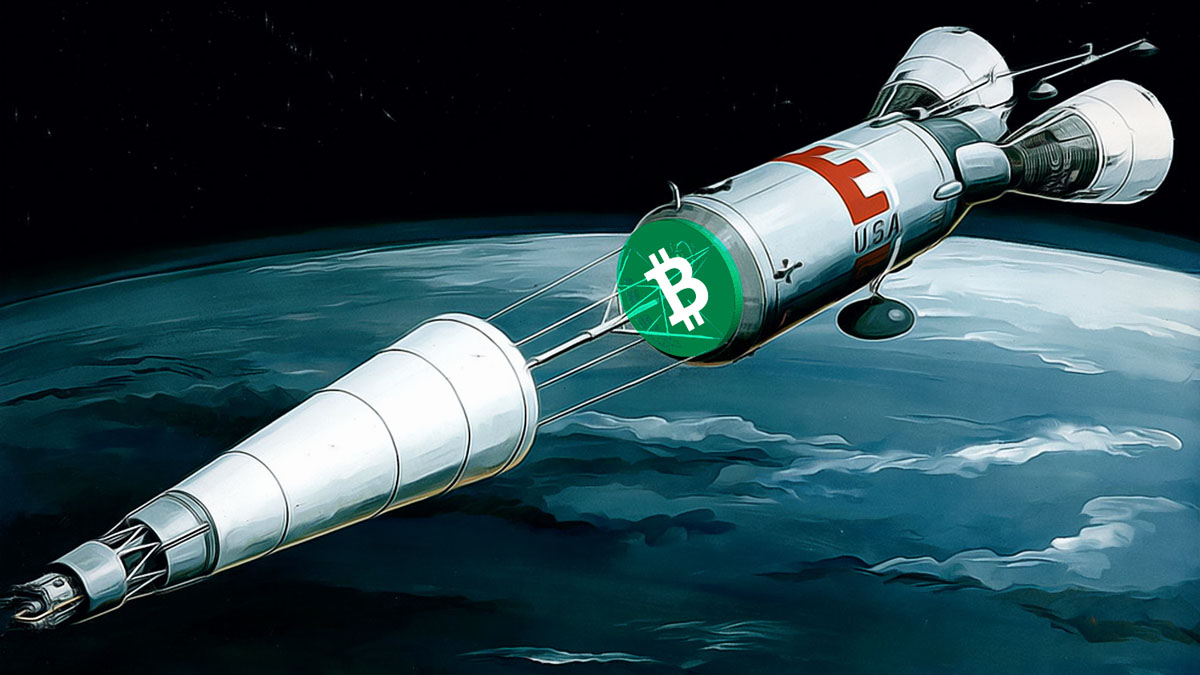A significant development has occurred in the cryptocurrency arena as nine of Europe’s foremost banks have announced their collaboration to release a stablecoin pegged directly to the Euro. This pioneering move adheres to MiCA regulations, heralding a new era for digital transactions within the Eurozone. With big names like ING, UniCredit, and CaixaBank in the mix, they have submitted a request for authorization from the Dutch Central Bank, aiming to make the stablecoin operational by late 2026.
What is Driving the Euro Stablecoin Initiative?
Spearheaded by nine prominent banks—ING, Banca Sella, KBC, Danske Bank, DekaBank, UniCredit, SEB, CaixaBank, and Raiffeisen Bank International—this collaboration aims to set a new standard in European payment solutions. By launching a stablecoin backed 1:1 by the Euro, they endeavor to provide an alternative, secure, digital payment method that can swiftly gain acceptance across the continent due to their vast customer base and asset management capabilities.
Ensuring compliance with MiCA, the stablecoin assures legality and security, essential in bolstering European digital payments. The certification process involves seeking an e-money license from the Dutch Central Bank, after which a CEO will be appointed to guide the project, potentially attracting more banks into this cooperative effort.
Will the Euro Stablecoin Challenge U.S. Dominance?
The introduction of this Euro-pegged stablecoin seeks to counterbalance the prevalent influence of U.S. dollar-stablecoins such as USDT and USDC. As these gain traction, the need for a locally-backed digital currency becomes more pressing, facilitating seamless, efficient financial services for European customers.
According to Fiona Melrose, UniCredit’s Head of Strategy and ESG, their active role in this consortium supports the creation of a regulated and credible blockchain-based payment mechanism within Europe.
“This positions the stablecoin as vital for ensuring the financial sovereignty and robust growth of Europe’s digital economy,” Fiona Melrose stated.
As the MiCA legislation takes effect by December 2024, there’s a pronounced demand for dependable stablecoins. The consortium’s product is designed to enable around-the-clock, economical transactions, encompassing cross-border payments, digital financial automation, and supply chain enhancement through programmable assets.
In the Euro stablecoin domain, key players such as Circle’s EURC dominate with a market cap of $259.7 million. The entrance of this joint European stablecoin endeavor is poised to heighten the competitive landscape significantly.
By pioneering this initiative, Europe’s leading banks are not just fostering innovation in digital payments but are also taking a step towards financial autonomy and a more integrated European economic framework.
Disclaimer: The information contained in this article does not constitute investment advice. Investors should be aware that cryptocurrencies carry high volatility and therefore risk, and should conduct their own research.

















 English (US)
English (US)